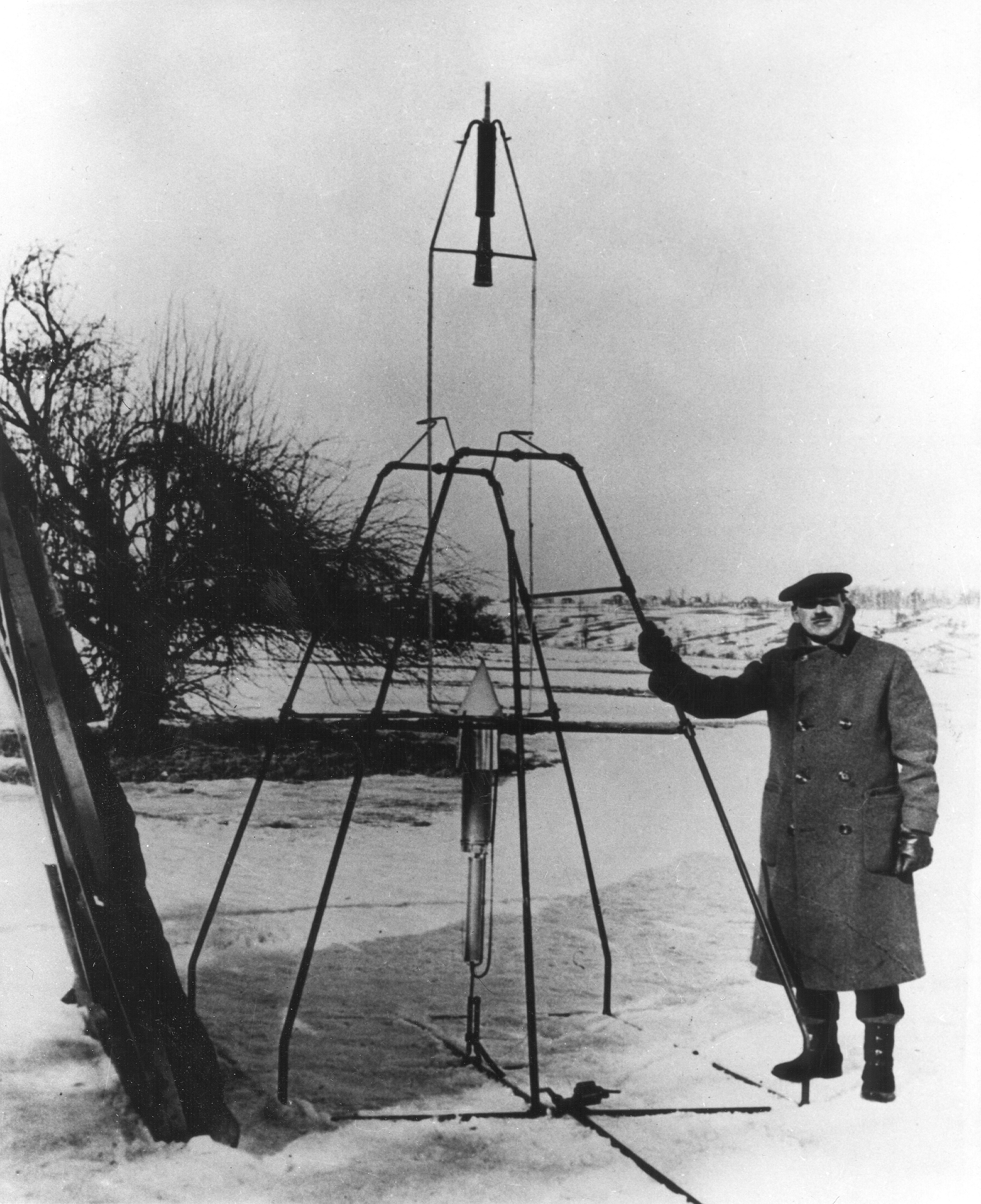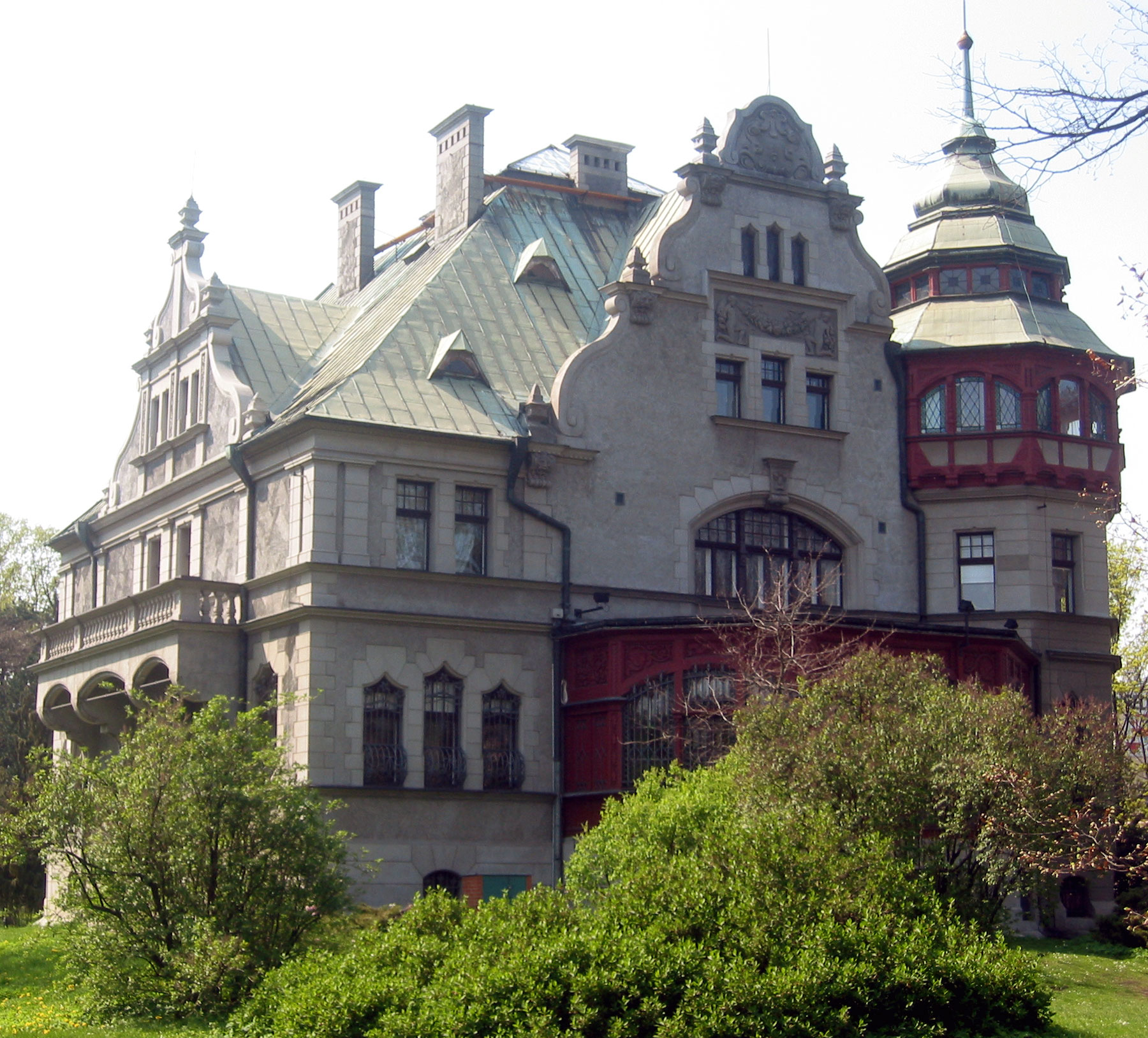|
Zdzisław Pawlak
Zdzislaw I. Pawlak (10 November 1926 – 7 April 2006) was a Polish mathematician and computer scientist. He was affiliated with several organization, including the Polish Academy of Sciences and the Warsaw School of Information Technology. He served as the director of the Institute of Computer Science at the Warsaw University of Technology (1989–96). Pawlak was known for his contribution to many branches of theoretical computer science. He is credited with introducing the rough set theory and also known for his fundamental works on it. He also introduced the Pawlak flow graphs, a graphical framework for reasoning from data. He was conferred with Order of Polonia Restituta in 1999. He was also a full member of Polish Academy of Sciences. Education and career Zdzislaw Pawlak was born on 10 November 1926 in Łódź, Poland. He graduated from a public elementary school in 1939. In 1946 he passed his Baccalaureate Diploma examination, and in 1947 he began studies at the Faculty ... [...More Info...] [...Related Items...] OR: [Wikipedia] [Google] [Baidu] |
Łódź
Łódź is a city in central Poland and a former industrial centre. It is the capital of Łódź Voivodeship, and is located south-west of Warsaw. Łódź has a population of 655,279, making it the country's List of cities and towns in Poland, fourth largest city. Łódź first appears in records in the 14th century. It was granted city rights, town rights in 1423 by the Polish King Władysław II Jagiełło and it remained a private town of the Kuyavian bishops and clergy until the late 18th century. In the Second Partition of Poland in 1793, Łódź was annexed to Kingdom of Prussia, Prussia before becoming part of the Napoleonic Duchy of Warsaw; the city joined Congress Poland, a Russian Empire, Russian client state, at the 1815 Congress of Vienna. The Second Industrial Revolution (from 1850) brought rapid growth in textile manufacturing and in population owing to the inflow of migrants, a sizable part of which were Jews and Germans. Ever since the industrialization of the ... [...More Info...] [...Related Items...] OR: [Wikipedia] [Google] [Baidu] |
Theoretical Computer Science
Theoretical computer science is a subfield of computer science and mathematics that focuses on the Abstraction, abstract and mathematical foundations of computation. It is difficult to circumscribe the theoretical areas precisely. The Association for Computing Machinery, ACM's Special Interest Group on Algorithms and Computation Theory (SIGACT) provides the following description: History While logical inference and mathematical proof had existed previously, in 1931 Kurt Gödel proved with his incompleteness theorem that there are fundamental limitations on what statements could be proved or disproved. Information theory was added to the field with A Mathematical Theory of Communication, a 1948 mathematical theory of communication by Claude Shannon. In the same decade, Donald Hebb introduced a mathematical model of Hebbian learning, learning in the brain. With mounting biological data supporting this hypothesis with some modification, the fields of neural networks and para ... [...More Info...] [...Related Items...] OR: [Wikipedia] [Google] [Baidu] |
Academic Staff Of The Warsaw University Of Technology
An academy (Attic Greek: Ἀκαδήμεια; Koine Greek Ἀκαδημία) is an institution of tertiary education. The name traces back to Plato's school of philosophy, founded approximately 386 BC at Akademia, a sanctuary of Athena, the goddess of wisdom and skill, north of Athens, Greece. The Royal Spanish Academy defines academy as scientific, literary or artistic society established with public authority and as a teaching establishment, public or private, of a professional, artistic, technical or simply practical nature. Etymology The word comes from the ''Academy'' in ancient Greece, which derives from the Athenian hero, ''Akademos''. Outside the city walls of Athens, the gymnasium was made famous by Plato as a center of learning. The sacred space, dedicated to the goddess of wisdom, Athena, had formerly been an olive grove, hence the expression "the groves of Academe". In these gardens, the philosopher Plato conversed with followers. Plato developed his sessions ... [...More Info...] [...Related Items...] OR: [Wikipedia] [Google] [Baidu] |
Warsaw University Of Technology Alumni
Warsaw, officially the Capital City of Warsaw, is the capital and List of cities and towns in Poland, largest city of Poland. The metropolis stands on the Vistula, River Vistula in east-central Poland. Its population is officially estimated at 1.86 million residents within a Warsaw metropolitan area, greater metropolitan area of 3.27 million residents, which makes Warsaw the List of cities in the European Union by population within city limits, 6th most-populous city in the European Union. The city area measures and comprises List of districts and neighbourhoods of Warsaw, 18 districts, while the metropolitan area covers . Warsaw is classified as an Globalization and World Cities Research Network#Alpha 2, alpha global city, a major political, economic and cultural hub, and the country's seat of government. It is also the capital of the Masovian Voivodeship. Warsaw traces its origins to a small fishing town in Masovia. The city rose to prominence in the late 16th cent ... [...More Info...] [...Related Items...] OR: [Wikipedia] [Google] [Baidu] |
Scientists From Łódź
A scientist is a person who researches to advance knowledge in an area of the natural sciences. In classical antiquity, there was no real ancient analog of a modern scientist. Instead, philosophers engaged in the philosophical study of nature called natural philosophy, a precursor of natural science. Though Thales ( 624–545 BC) was arguably the first scientist for describing how cosmic events may be seen as natural, not necessarily caused by gods,Frank N. Magill''The Ancient World: Dictionary of World Biography'', Volume 1 Routledge, 2003 it was not until the 19th century that the term ''scientist'' came into regular use after it was coined by the theologian, philosopher, and historian of science William Whewell in 1833. History The roles of "scientists", and their predecessors before the emergence of modern scientific disciplines, have evolved considerably over time. Scientists of different eras (and before them, natural philosophers, mathematicians, natur ... [...More Info...] [...Related Items...] OR: [Wikipedia] [Google] [Baidu] |
Polish Mathematicians
Polish may refer to: * Anything from or related to Poland, a country in Europe * Polish language * Polish people, people from Poland or of Polish descent * Polish chicken * Polish brothers (Mark Polish and Michael Polish, born 1970), American twin screenwriters * Kevin Polish, an American Paralympian archer Polish may refer to: * Polishing, the process of creating a smooth and shiny surface by rubbing or chemical action ** French polishing, polishing wood to a high gloss finish * Nail polish * Shoe polish * Polish (screenwriting), improving a script in smaller ways than in a rewrite See also * * * Polishchuk (surname) * Polonaise (other) A polonaise ()) is a stately dance of Polish origin or a piece of music for this dance. Polonaise may also refer to: * Polonaises (Chopin), compositions by Frédéric Chopin ** Polonaise in A-flat major, Op. 53 (, ''Heroic Polonaise''; ) * Polon ... {{Disambiguation, surname Language and nationality disambiguation pages ... [...More Info...] [...Related Items...] OR: [Wikipedia] [Google] [Baidu] |
2006 Deaths
This is a list of lists of deaths of notable people, organized by year. New deaths articles are added to their respective month (e.g., Deaths in ) and then linked below. 2025 2024 2023 2022 2021 2020 2019 2018 2017 2016 2015 2014 2013 2012 2011 2010 2009 2008 2007 2006 2005 2004 2003 2002 2001 2000 1999 1998 1997 1996 1995 1994 1993 1992 1991 1990 1989 1988 1987 1986 Earlier years ''Deaths in years earlier than this can usually be found in the main articles of the years.'' See also * Lists of deaths by day * Deaths by year (category) {{DEFAULTSORT:deaths by year ... [...More Info...] [...Related Items...] OR: [Wikipedia] [Google] [Baidu] |
1926 Births
In Turkey, the year technically contained only 352 days. As Friday, December 18, 1926 ''(Julian Calendar)'' was followed by Saturday, January 1, 1927 '' (Gregorian Calendar)''. 13 days were dropped to make the switch. Turkey thus became the last country to officially adopt the Gregorian Calendar, which ended the 344-year calendrical switch around the world that took place in October, 1582 by virtue of the Papal Bull made by Pope Gregory XIII. Events January * January 3 – Theodoros Pangalos declares himself dictator in Greece. * January 8 **Ibn Saud is crowned ruler of the Kingdom of Hejaz. ** Crown Prince Nguyễn Phúc Vĩnh Thuy ascends the throne as Bảo Đại, the last monarch of the Nguyễn dynasty of the Kingdom of Vietnam. * January 16 – A British Broadcasting Company radio play by Ronald Knox about workers' revolution in London causes a panic among those who have not heard the preliminary announcement that it is a satire on broadcasting. * January 21 ... [...More Info...] [...Related Items...] OR: [Wikipedia] [Google] [Baidu] |
Łódź University Of Technology
Łódź University of Technology () was created in 1945 and has developed into one of the biggest technical universities in Poland. Originally located in an old factory building, today it covers nearly 200,000 sq. meters in over 70 separate buildings, the majority of which are situated in the main University area. As of 2018, around 15,000 students studied at the university. The educational and scientific tasks of the university are carried out by about 3,000 staff members. Faculties Faculty of Mechanical Engineering The Faculty of Mechanical Engineering is one of the first departments of the Lodz University of Technology conducting research activity and teaching. The Faculty offers full-time, part-time, doctoral and postgraduate studies. It educates students in seven study areas being part of technical sciences, both full-time and part-time. ;Organizational units The faculty comprises 3 institutes and 6 departments: * Institute of Materials Science and Engineering * In ... [...More Info...] [...Related Items...] OR: [Wikipedia] [Google] [Baidu] |
Fuzzy Sets And Systems
''Fuzzy Sets and Systems'' is a peer-reviewed international scientific journal published by Elsevier on behalf of the International Fuzzy Systems Association (IFSA) and was founded in 1978. The editors-in-chief (as of 2010) are Bernard De Baets of the Department of Data Analysis and Mathematical Modelling (at Ghent University in Belgium), Didier Dubois (of IRIT, Université Paul Sabatier in Toulouse, France) and Eyke Hüllermeier (of the Department of Mathematics, Statistics and Computer Science, Ludwig-Maximilians Universität München, Germany). The journal publishes 24 issues a year. ''Fuzzy Sets and Systems'' is abstracted and indexed by Scopus and the Science Citation Index. According to the Journal Citation Reports released in 2010, its 2-year impact factor calculated for 2020 is 3.343 and its 5-year impact factor for 2020 is 3.213. References {{reflist See also * Fuzzy control system * Fuzzy Control Language * Fuzzy logic * Fuzzy set Fuzzy or Fuzzies may refer to: M ... [...More Info...] [...Related Items...] OR: [Wikipedia] [Google] [Baidu] |
Rough Set
In computer science, a rough set, first described by Polish computer scientist Zdzisław I. Pawlak, is a formal approximation of a crisp set (i.e., conventional set) in terms of a pair of sets which give the ''lower'' and the ''upper'' approximation of the original set. In the standard version of rough set theory described in Pawlak (1991), the lower- and upper-approximation sets are crisp sets, but in other variations, the approximating sets may be fuzzy sets. Definitions The following section contains an overview of the basic framework of rough set theory, as originally proposed by Zdzisław I. Pawlak, along with some of the key definitions. More formal properties and boundaries of rough sets can be found in and cited references. The initial and basic theory of rough sets is sometimes referred to as ''"Pawlak Rough Sets"'' or ''"classical rough sets"'', as a means to distinguish it from more recent extensions and generalizations. Information system framework Let I = (\mathb ... [...More Info...] [...Related Items...] OR: [Wikipedia] [Google] [Baidu] |




